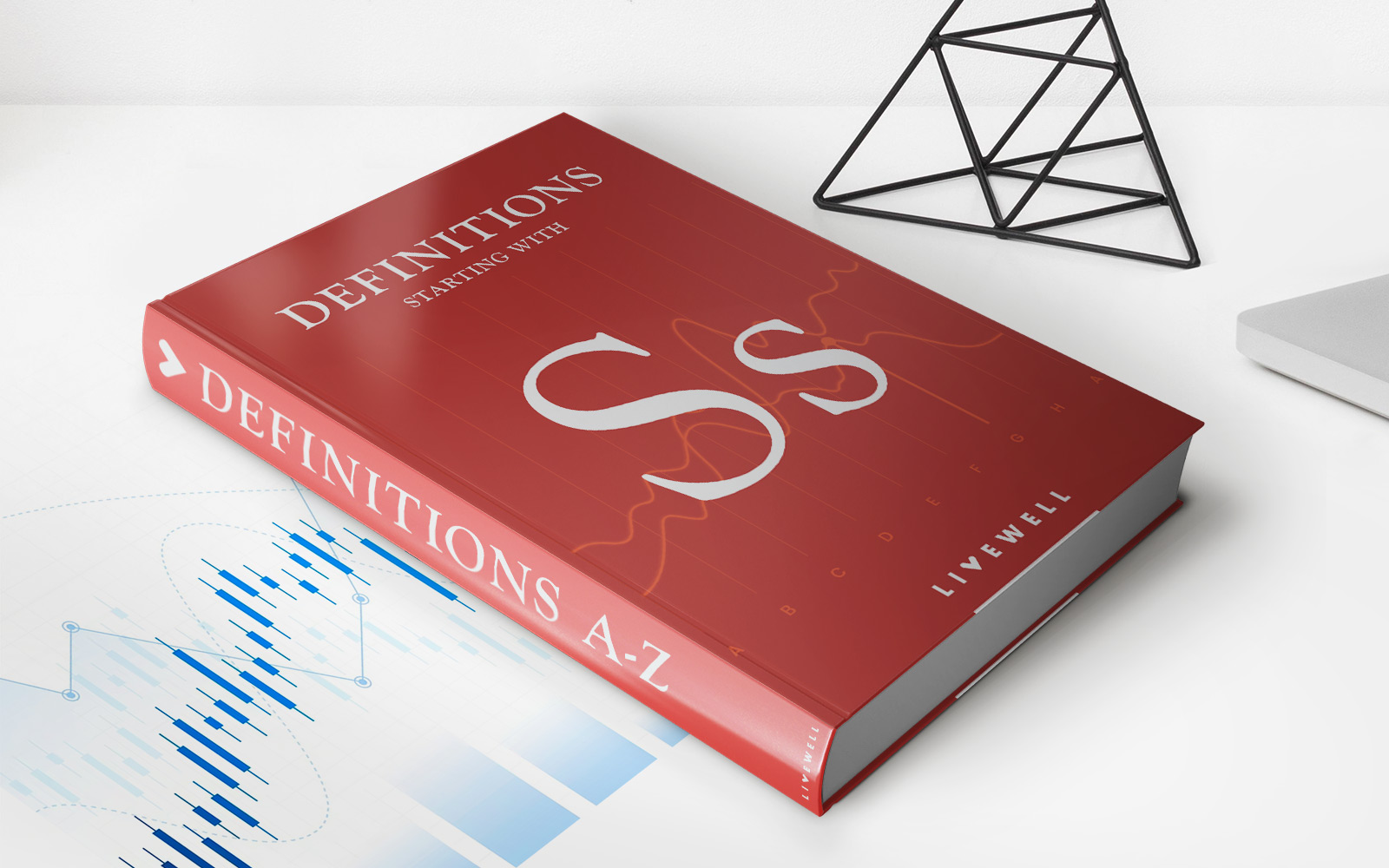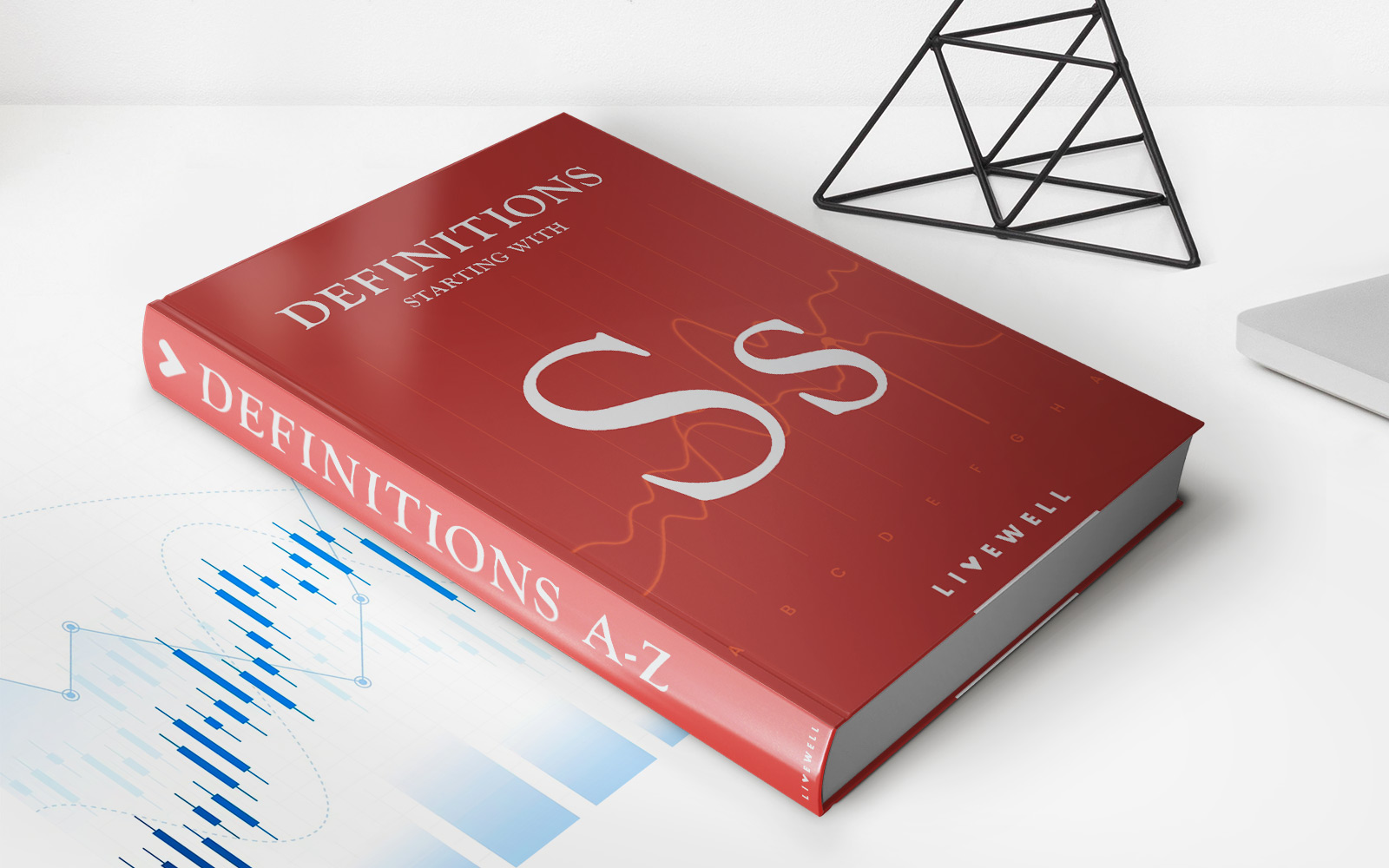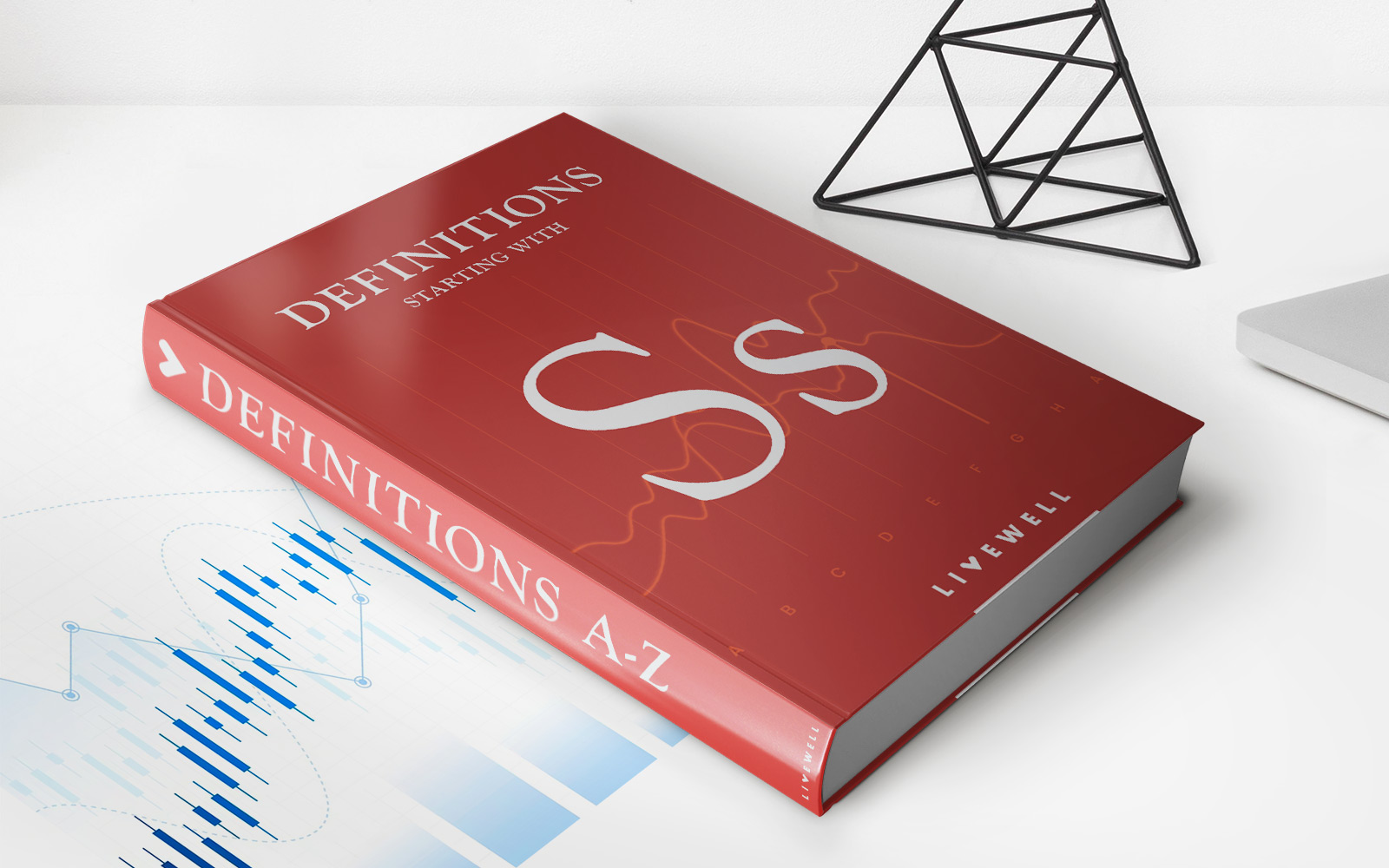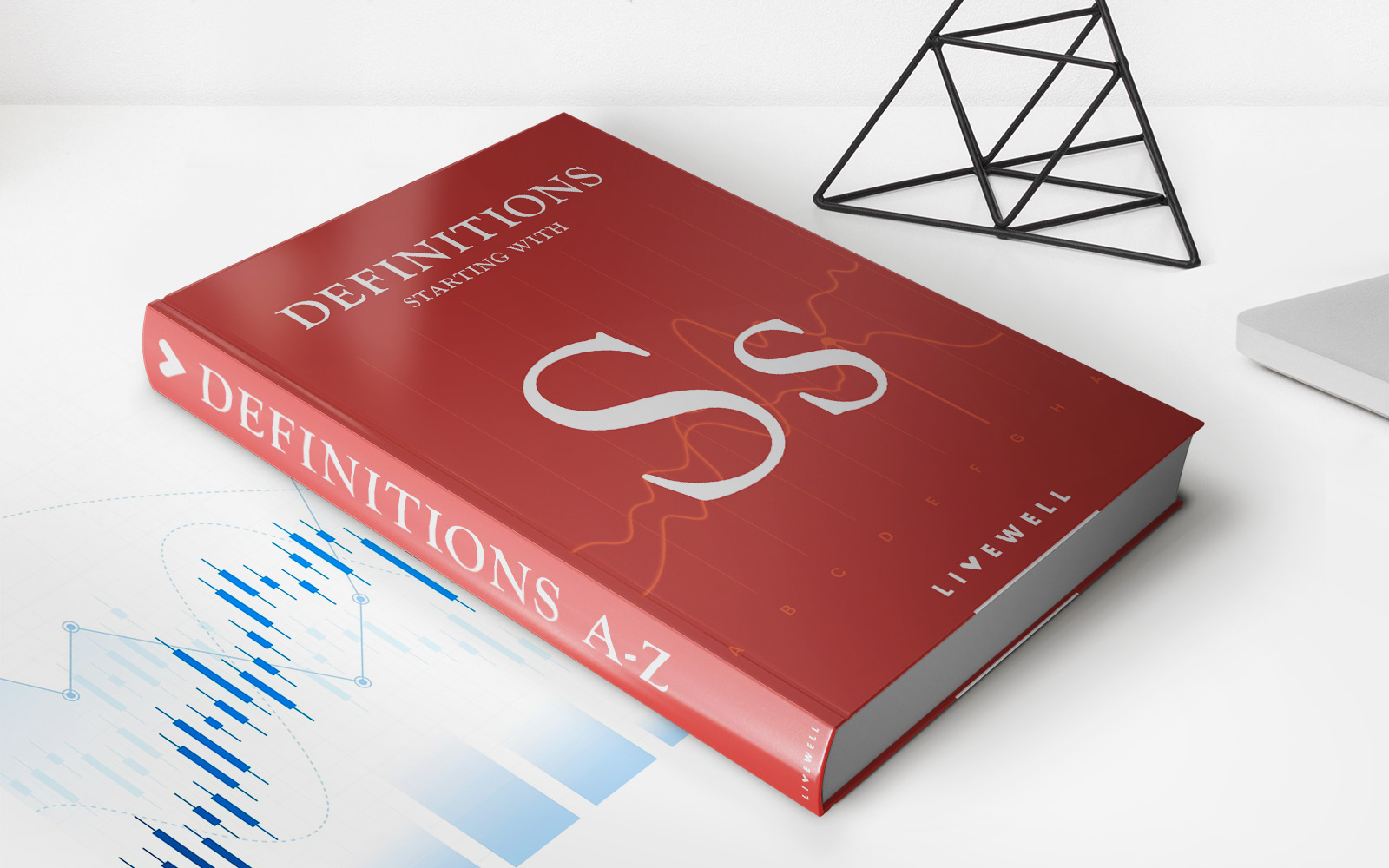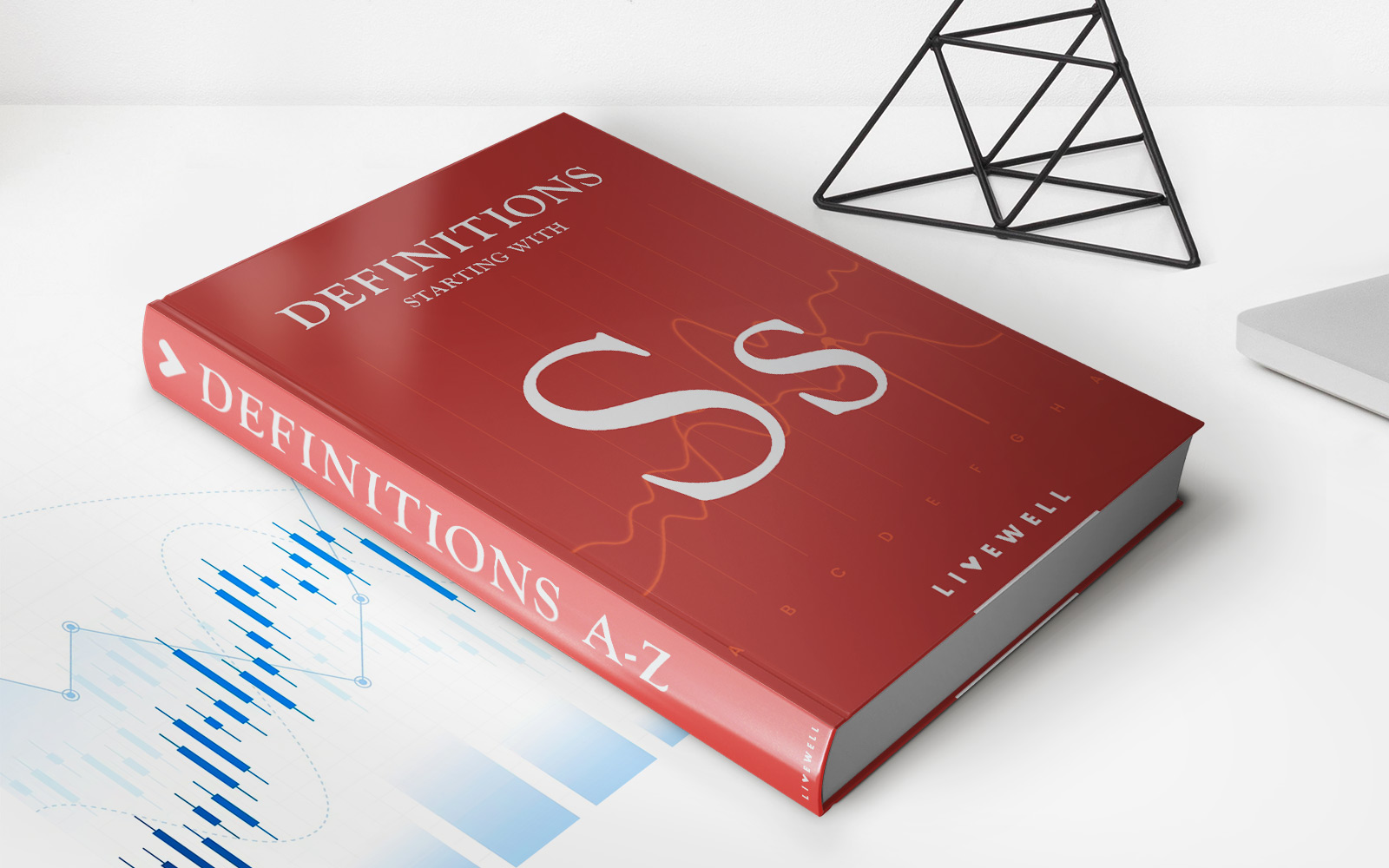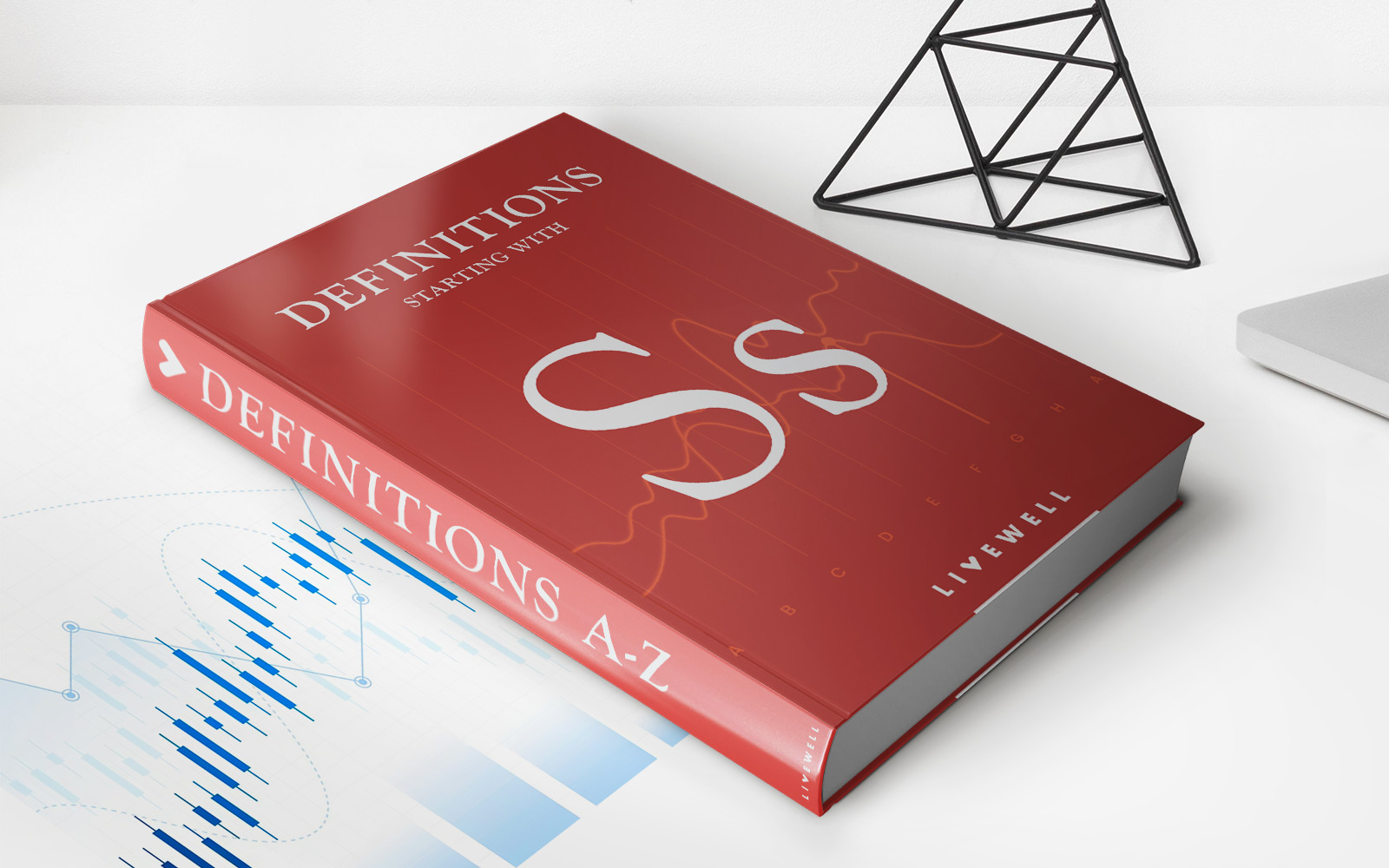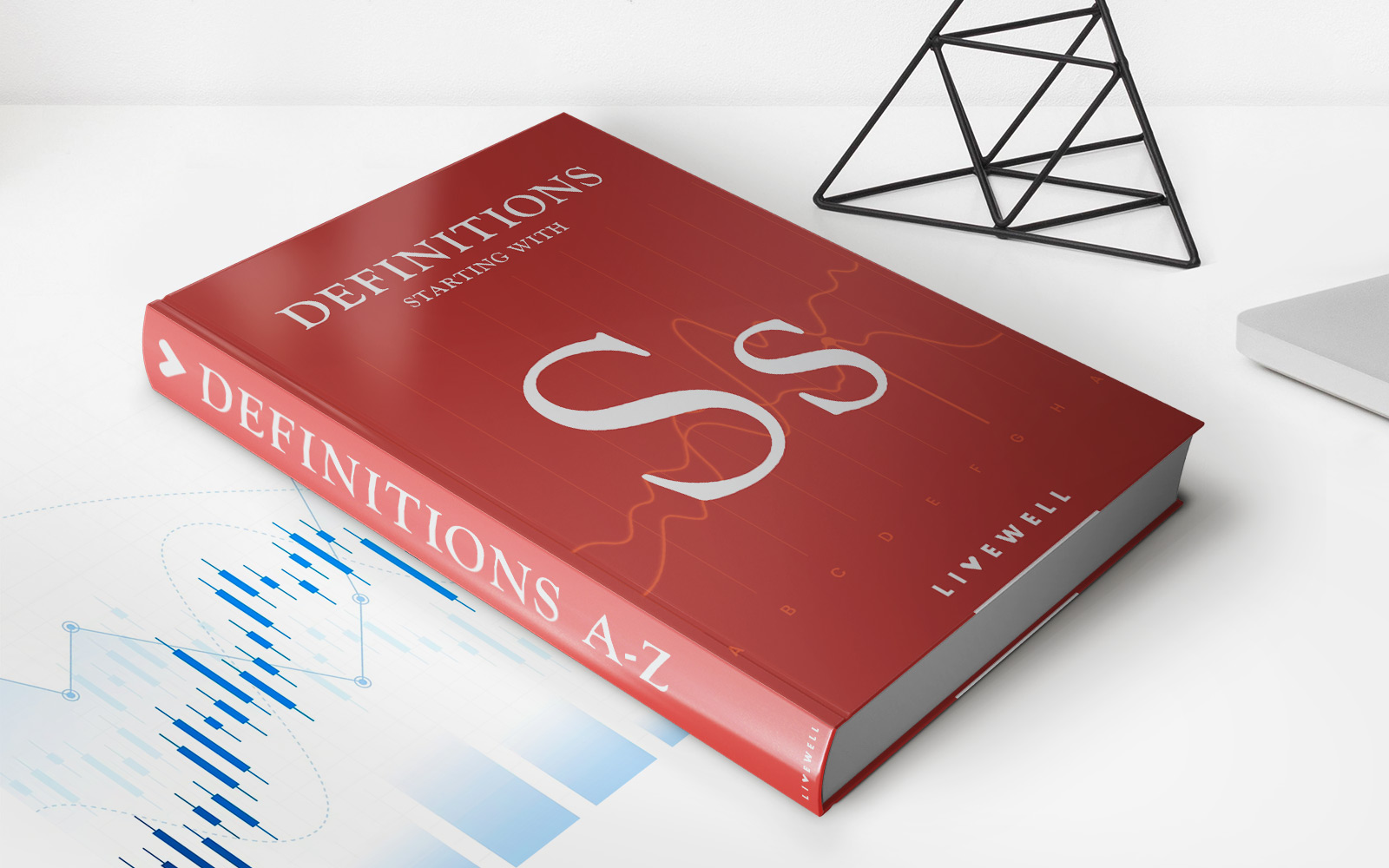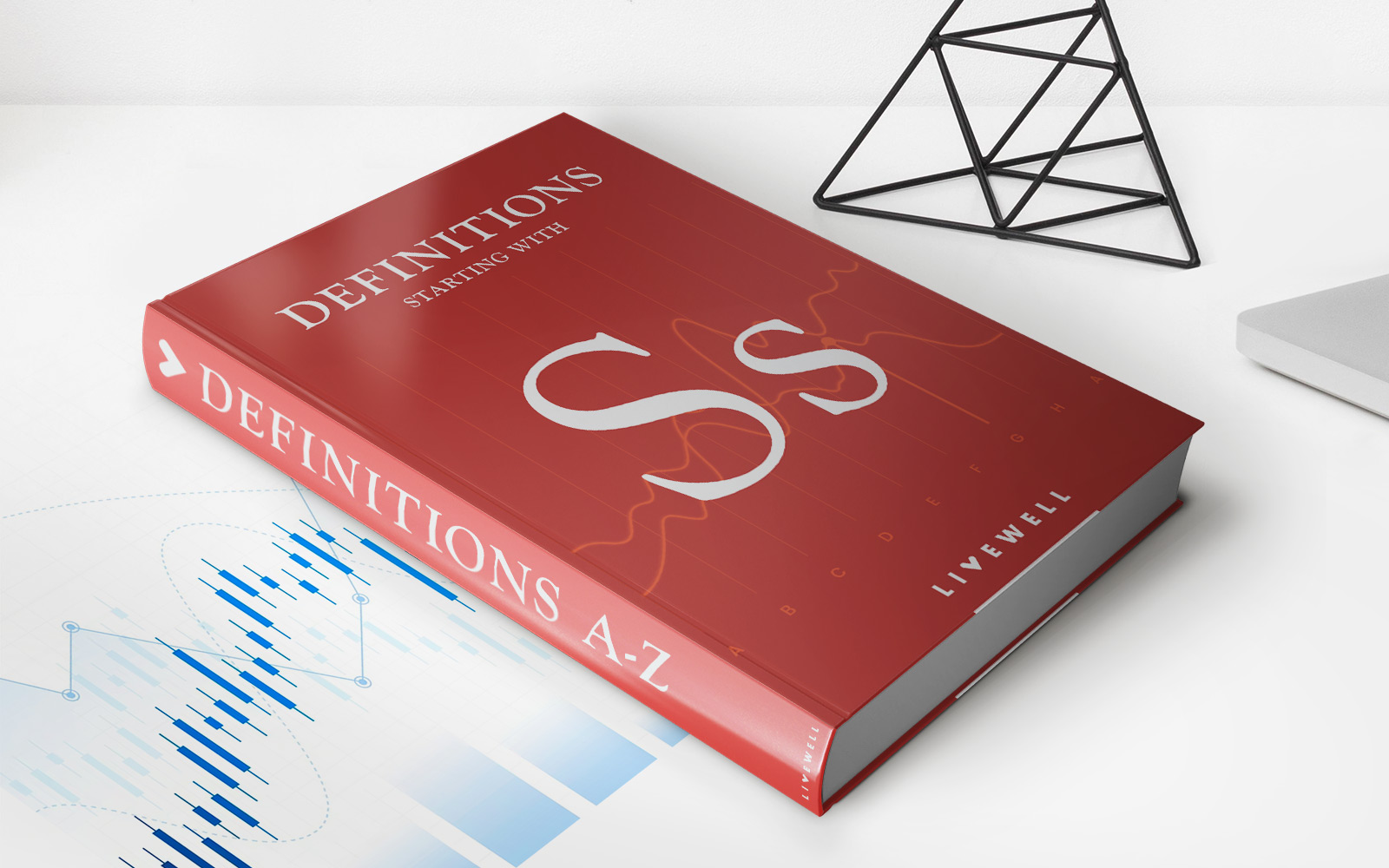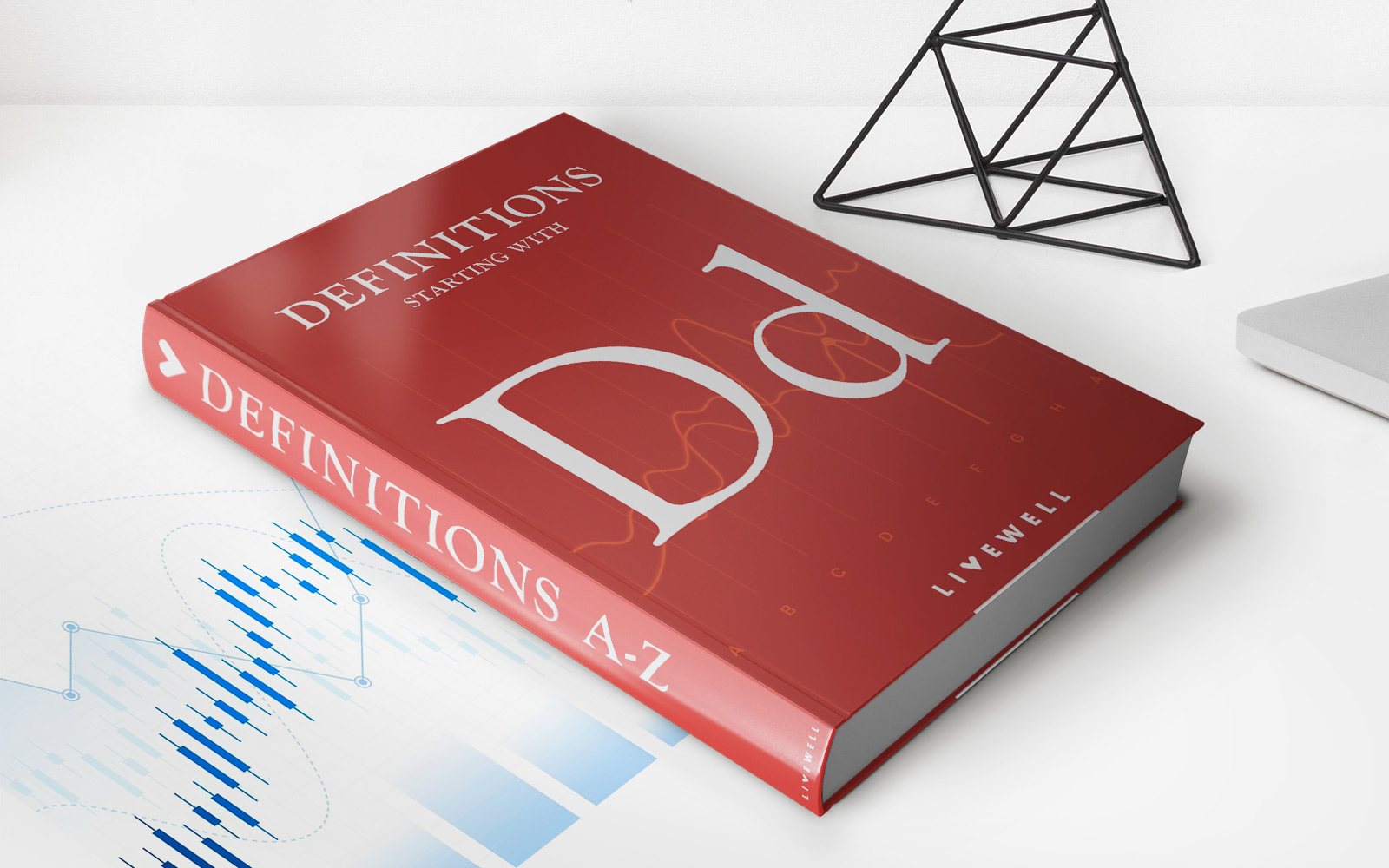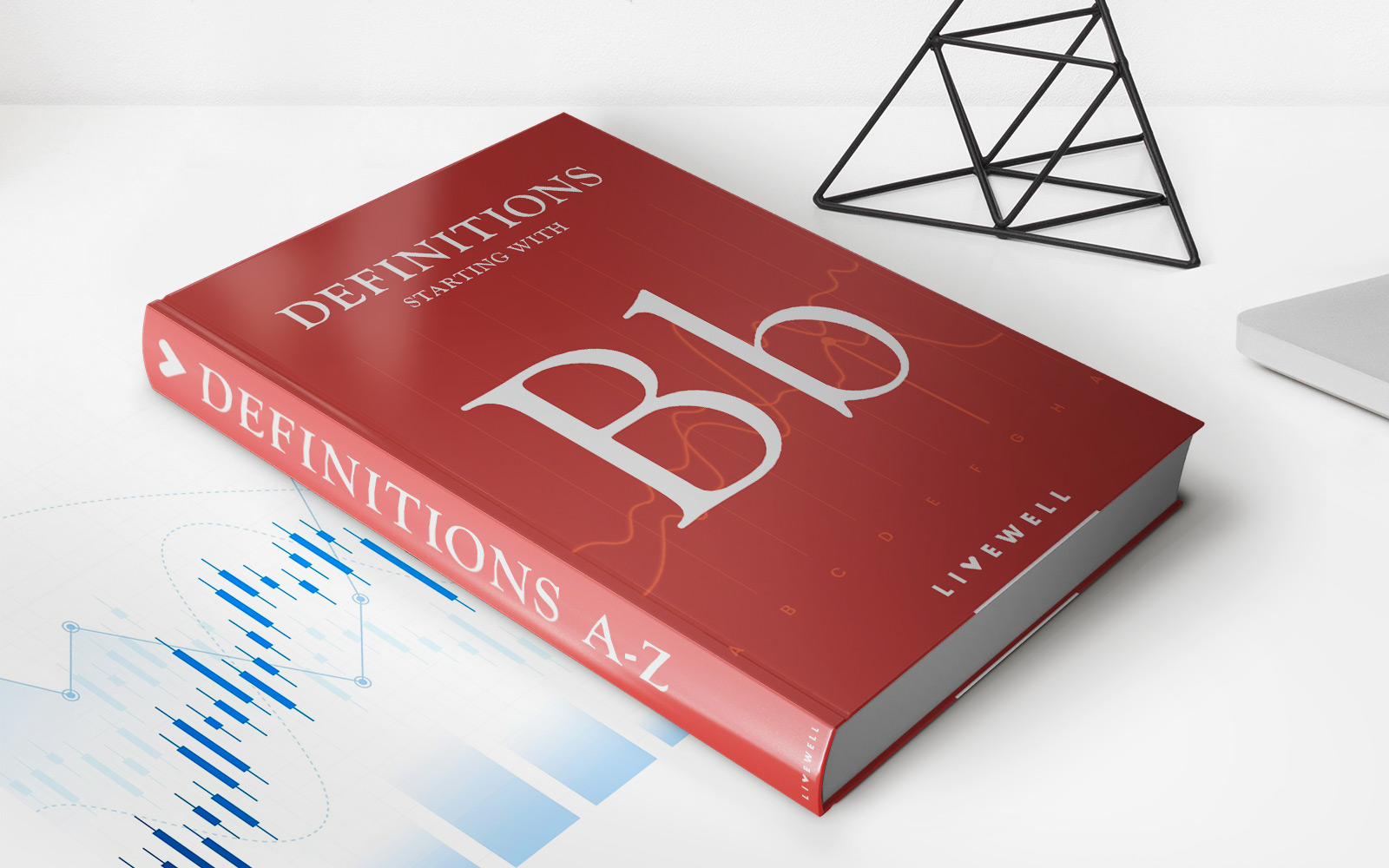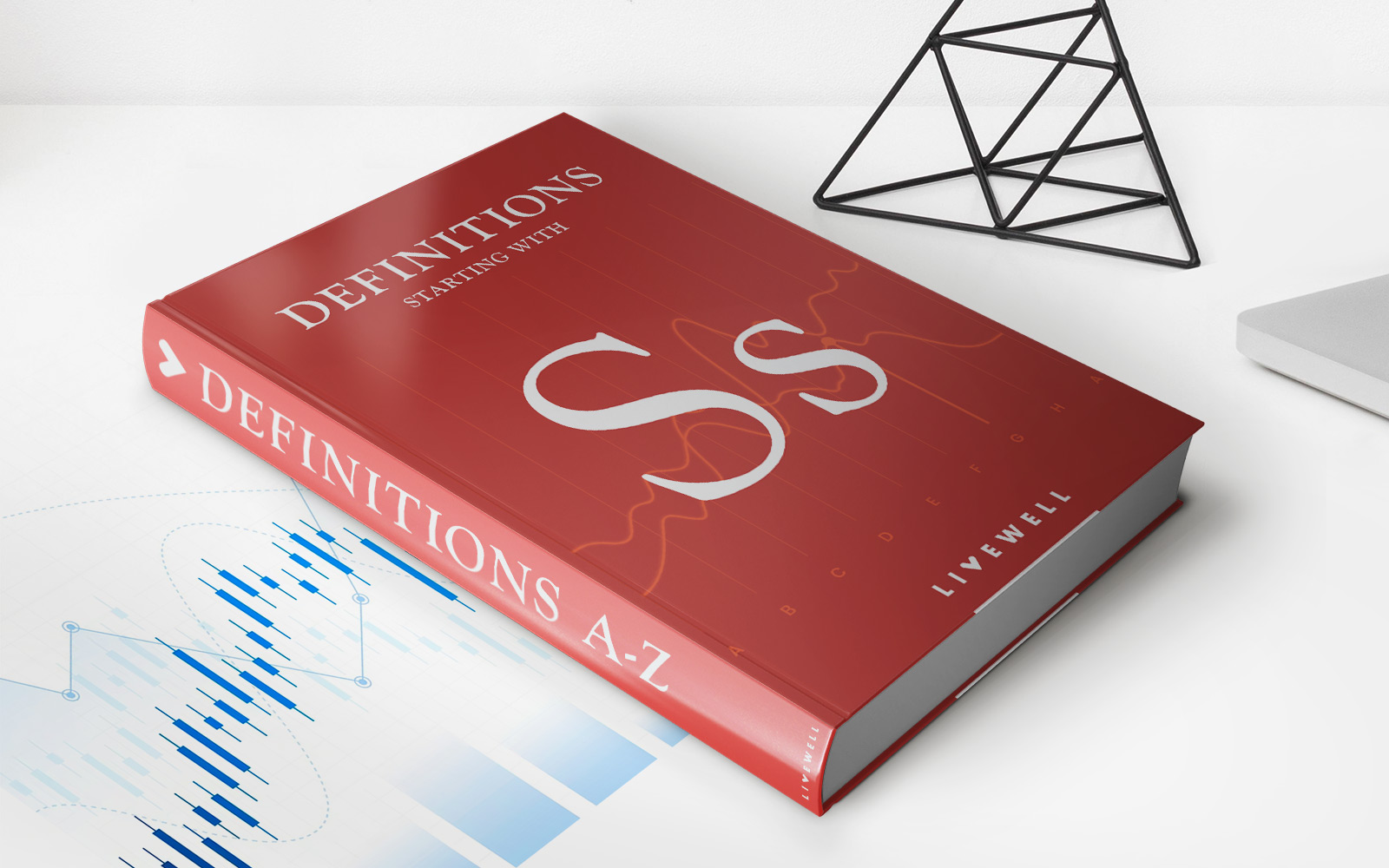

Finance
SEC Form U-7D Definition
Published: January 25, 2024
Looking for the definition of SEC Form U-7D in finance? Gain insights into this important financial document with our comprehensive guide.
(Many of the links in this article redirect to a specific reviewed product. Your purchase of these products through affiliate links helps to generate commission for LiveWell, at no extra cost. Learn more)
Understanding SEC Form U-7D Definition in Finance
Are you interested in diving deep into the world of finance? To become financially savvy, it’s essential to understand various documents and regulations that govern the industry. One important form that plays a significant role in the financial landscape is the SEC Form U-7D. In this blog post, we will explore what SEC Form U-7D is, its purpose, and why it matters in the world of finance.
Key Takeaways:
- SEC Form U-7D is a regulatory document filed with the Securities and Exchange Commission (SEC).
- It provides crucial information about a company’s utility assets, liabilities, and capital structure.
SEC Form U-7D is a mandatory filing required by utility companies that are regulated by the SEC. Its purpose is to provide comprehensive and detailed information regarding a company’s utility assets, liabilities, and capital structure. By filing this form, utility companies offer transparency and accountability to ensure fair practices and protect the interests of investors and stakeholders.
So, what sets SEC Form U-7D apart from other financial forms? This particular document is specific to utility companies and focuses on their financial aspects. While there are various SEC forms like 10-K, 10-Q, and 8-K that apply to a broader range of companies, SEC Form U-7D specializes in the unique financial information regarding utilities.
Now, let’s delve into some key points regarding SEC Form U-7D:
- Disclosing Utility Assets: The form requires utility companies to disclose details about their assets, such as power plants, power lines, electric grids, or natural gas distribution systems. This provides investors and regulators with an understanding of the company’s core assets and its infrastructure.
- Liabilities and Capital Structure: SEC Form U-7D demands utility companies to disclose their liabilities, including debts, loans, or long-term obligations. Furthermore, the form also requires information about the company’s capital structure, such as shares, bonds, or other equity instruments.
By revealing these specific details, SEC Form U-7D allows investors and stakeholders to evaluate a utility company’s financial health and make informed decisions. It ensures transparency, assists in identifying potential risks or concerns, and promotes an open and fair financial marketplace.
Conclusion
To gain a comprehensive understanding of the finance world, knowledge about SEC Form U-7D is invaluable, particularly for individuals interested in utility companies. This form acts as a tool for transparency and accountability, outlining utility assets, liabilities, and capital structure. By providing this information, SEC Form U-7D helps investors and stakeholders make informed decisions while ensuring fair practices in the finance industry.
So, whether you’re an investor or simply someone fascinated by the intricacies of finance, take the time to explore and understand SEC Form U-7D. It might hold the key to unlocking a deeper understanding of utility companies and the financial landscape.
